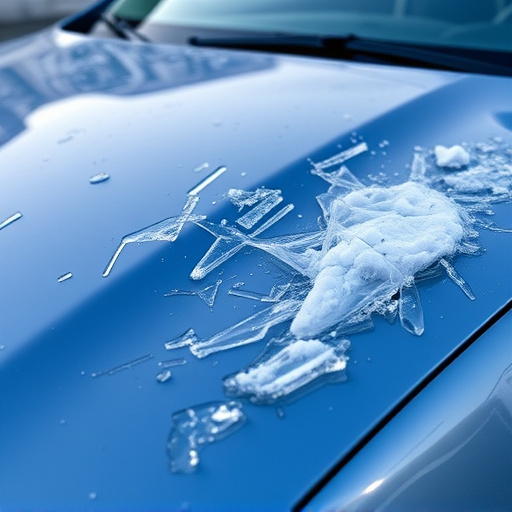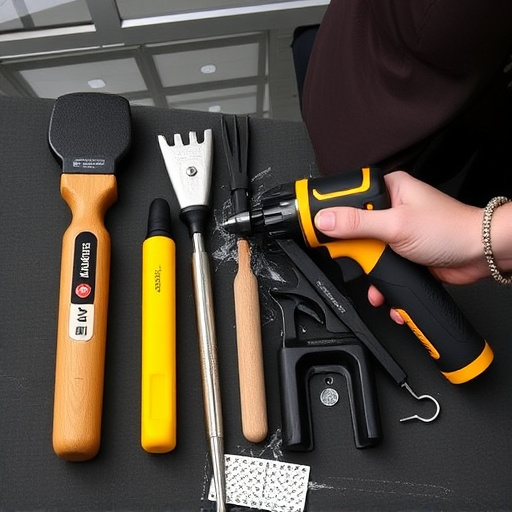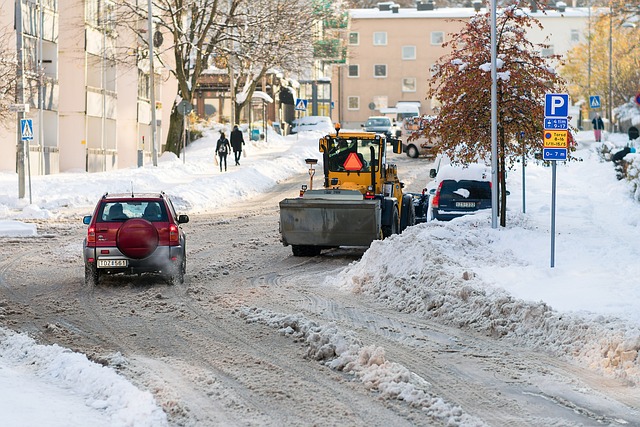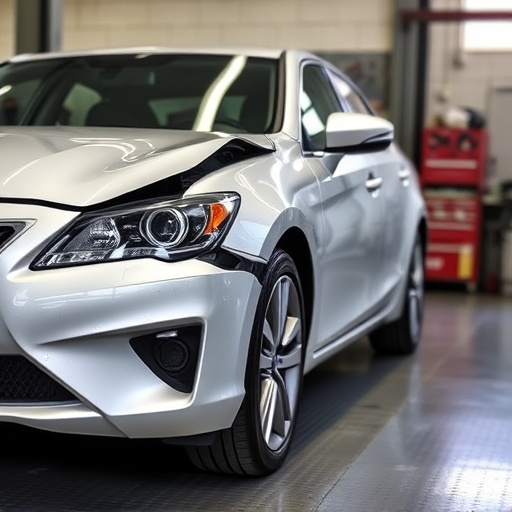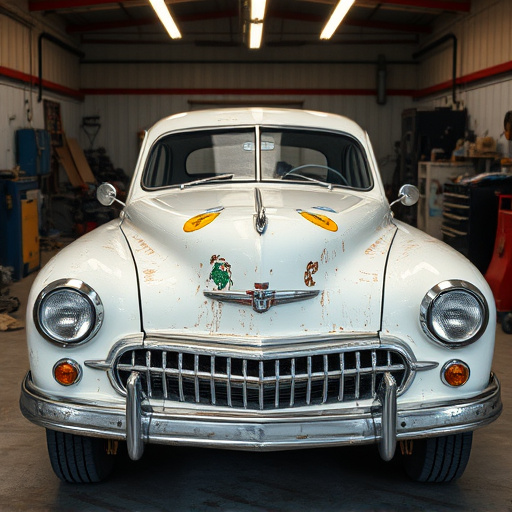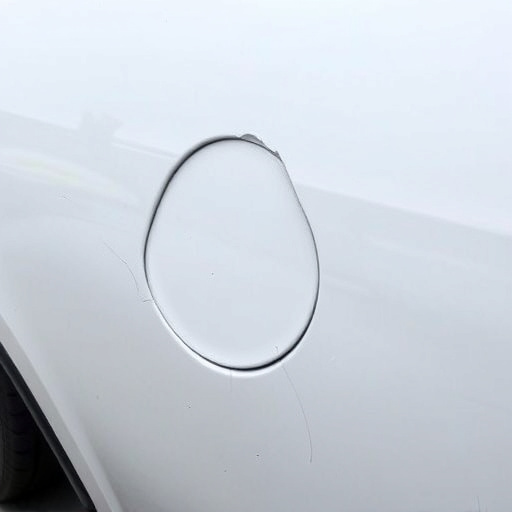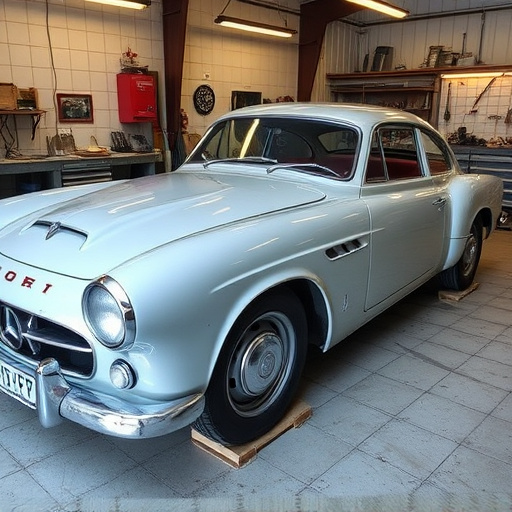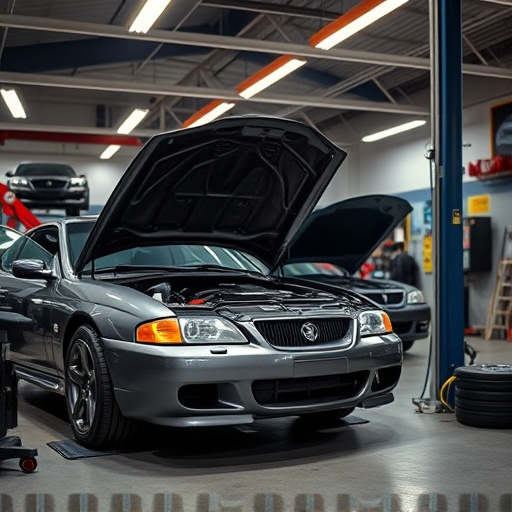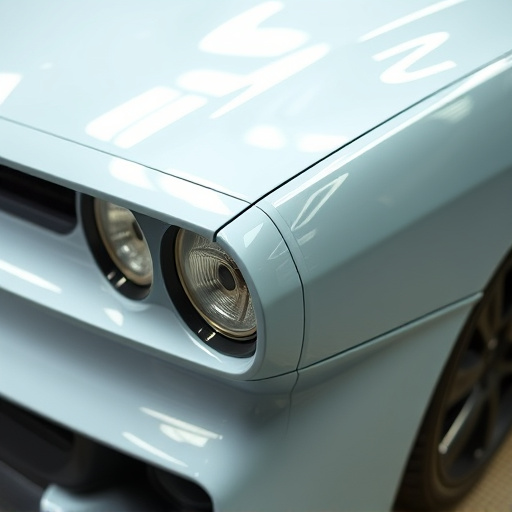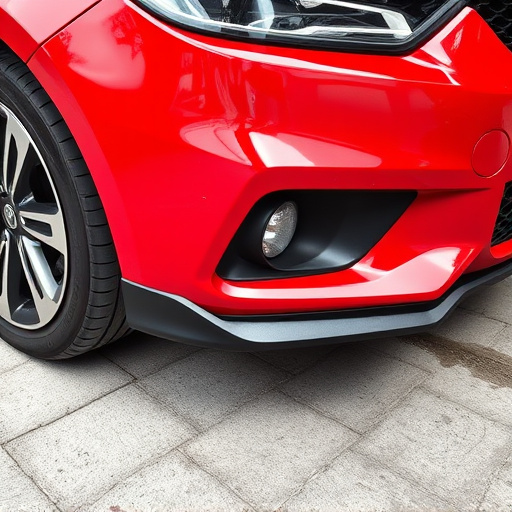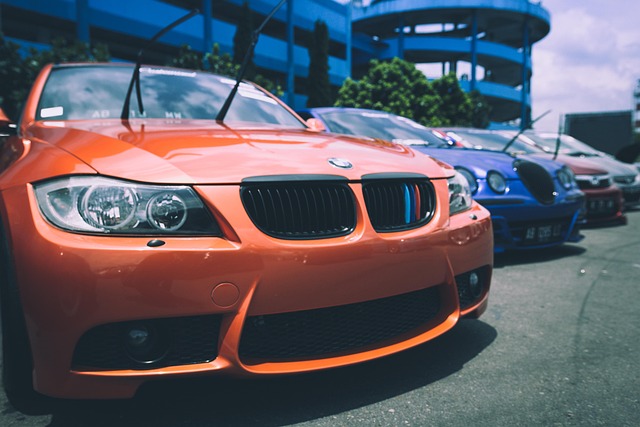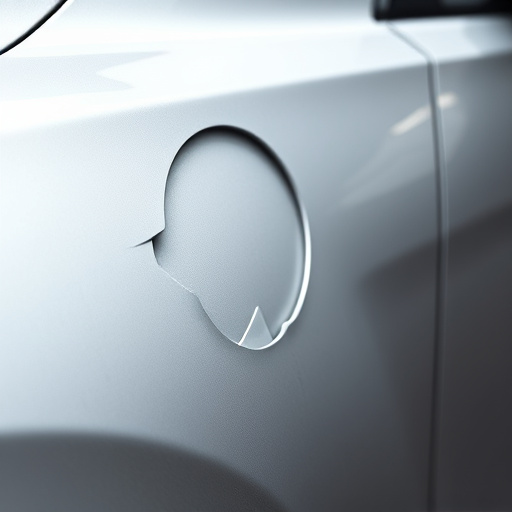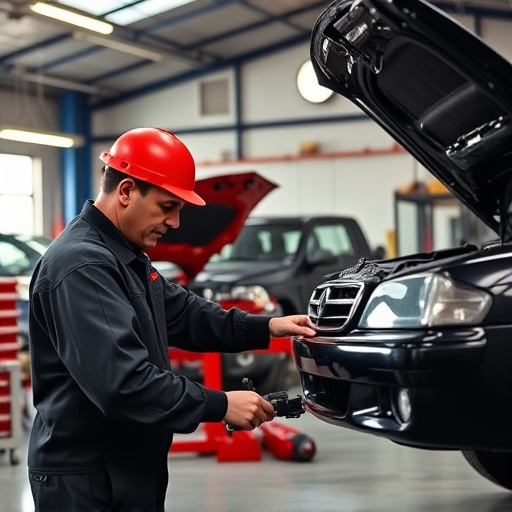Vintage vehicle collision repairs rely on high-res photo documentation to preserve pre-accident conditions and ensure precise, aesthetic restoration through detailed visual records of damage, including subtle variations, for skilled technicians to accurately address every dent and scratch.
In the intricate world of automotive restoration, photo documentation is a powerful tool that ensures accuracy and precision. When a vintage vehicle undergoes collision repair, detailed visual records become indispensable. This article explores the significance of photography in preserving historical details for accurate restorations. We delve into best practices for capturing damage photos, highlighting their role in collision repairs, and providing insights on how these visuals benefit vintage vehicle enthusiasts and professionals alike.
- Understanding Photo Documentation Benefits for Vintage Vehicles
- Accurate Repair: The Role of Visual Evidence in Collision Repairs
- Best Practices for Capturing Effective Damage Photos After a Crash
Understanding Photo Documentation Benefits for Vintage Vehicles
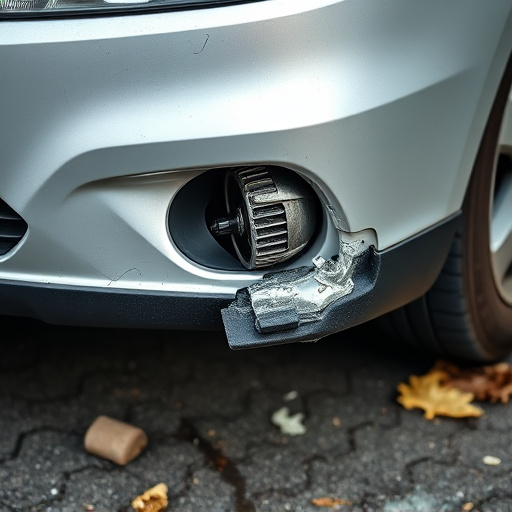
For vintage vehicle owners, photo documentation is an invaluable tool that ensures the accuracy and integrity of any future collision repair or dent repair processes. These vehicles are not just machines; they’re often cherished possessions with historical significance and intricate design details. When a vintage vehicle collides, documenting the damage through high-resolution photography allows for a comprehensive visual record. This record enables skilled technicians to perform precise collision repair and dent repair, preserving the vehicle’s original aesthetic and value.
Moreover, photo documentation aids in vehicle restoration by providing a clear understanding of the pre-accident condition. It serves as a reference point during the repair process, ensuring that every dent is removed, every scratch repaired, and every detail meticulously restored to its former glory. This level of accuracy not only guarantees a high-quality collision repair outcome but also helps in justifying restoration costs for insurance claims or private initiatives.
Accurate Repair: The Role of Visual Evidence in Collision Repairs
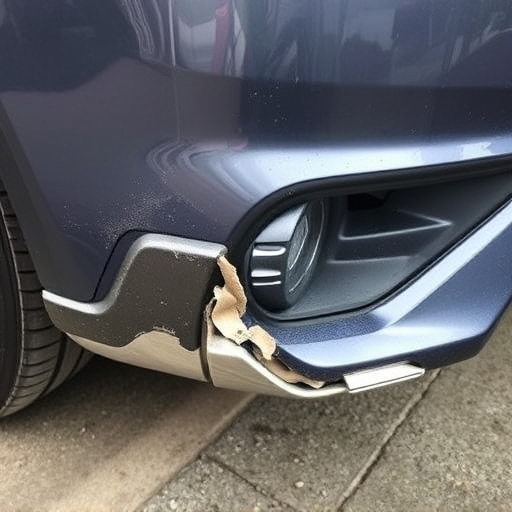
In the realm of collision repairs, particularly when dealing with vintage vehicles, accurate restoration is paramount to preserving historical integrity. Visual evidence, in the form of detailed photo documentation, plays a crucial role in achieving this precision. Before any repair process begins, capturing comprehensive images of the damaged areas is essential. These pictures serve as a visual map, allowing technicians to assess and understand the extent of the collision. By documenting every dent, scratch, or misalignment—including subtle variations that might go unnoticed by the naked eye—restorers can ensure no detail is overlooked during the repair journey.
For instance, frame straightening in vintage vehicles requires meticulous attention. Photos taken from various angles enable technicians to identify and rectify structural distortions accurately. Similarly, dent repair and dent removal processes are significantly aided by visual references. Each step, from initial assessment to final smoothing, can be documented, ensuring a precise restoration that respects the vehicle’s original aesthetics. This meticulous approach not only guarantees the highest level of craftsmanship but also ensures vintage vehicles leave the workshop looking as close to their former glory as possible.
Best Practices for Capturing Effective Damage Photos After a Crash
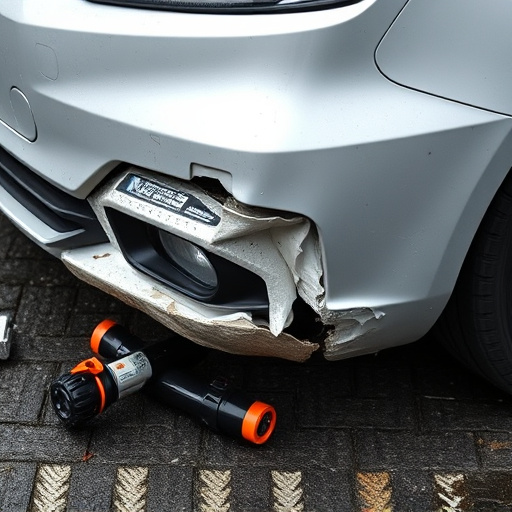
After a vintage vehicle collision, capturing effective damage photos is paramount for accurate and meticulous auto body repairs. The first step involves ensuring proper lighting—both natural and artificial—to clearly delineate all impact areas and resulting damages. Capture images from various angles, including close-ups of specific dents, scratches, or shattered auto glass. Using a level surface to stabilize your camera ensures precise alignment and avoids distorted perspectives.
Additionally, document the entire vehicle from different viewpoints to provide a comprehensive view of the extent of the collision. Include photos of both visible and hidden areas behind trim pieces or panels, as these are common spots for damage that might go unnoticed at first glance. For auto glass replacement, capture images of shattered windows alongside clear examples of intact glass for comparison. These meticulous photo documentation practices serve as invaluable references for the collision repair center, facilitating precise auto body repairs and ensuring the vehicle’s pre-collision condition is accurately restored.
Photo documentation plays a pivotal role in ensuring precise repairs, especially for vintage vehicles caught in a collision. By capturing clear and detailed images of the damage, repair technicians can accurately assess and restore these precious classics to their former glory. This visual evidence not only aids in achieving optimal aesthetic results but also serves as a reliable record for future reference, guaranteeing the integrity of the restoration process. With proper practices in place, every crash becomes an opportunity to preserve automotive history.
